Shabu-shabu: The Quintessence of Japanese Cuisine
Welcome to an exploration of Japanese gastronomy, where “Shabu-shabu” emerges as a shining star. At Yoshida Hotel, we’re delighted to share the wonders of this exceptional dish—a key player in Japanese culinary art. Designed to fulfill travel cravings and culinary curiosity, our journey reveals how Shabu-shabu has captivated global food lovers. Join Yoshida Hotel as we delve deep into what makes Shabu-shabu a must-try delicacy.
Discover the Story Behind Shabu-shabu: Tradition Meets Modern Tastes
Shabu-shabu’s roots are steeped in the history of Japanese dining. The name itself—imitating the swishing sound of thinly sliced meat cooking in bubbling broth—evokes a sense of authenticity and tradition. Originating in the Osaka region during the 20th century, Shabu-shabu soon spread across Japan, earning a place at the center of family celebrations and fine-dining restaurants alike. Its method remains unchanged: high-quality beef or pork, accompanied by fresh vegetables, swirled briefly in simmering broth, and enjoyed with dipping sauces.

Shabu-shabu: Embodying Japan’s Hospitality and Togetherness
At the heart of Shabu-shabu lies Japan’s cherished value of communal dining. The dish is not simply a meal, but an experience shared around the table, where friends and family participate in cooking together. This spirit of togetherness echoes the Japanese concept of ‘omotenashi’—hospitality and warmth that lives in each aspect of the dining ritual. Yoshida Hotel celebrates this sense of unity, encouraging guests to embrace the interactive pleasure of Shabu-shabu as part of the broader culture of Japanese cuisine.
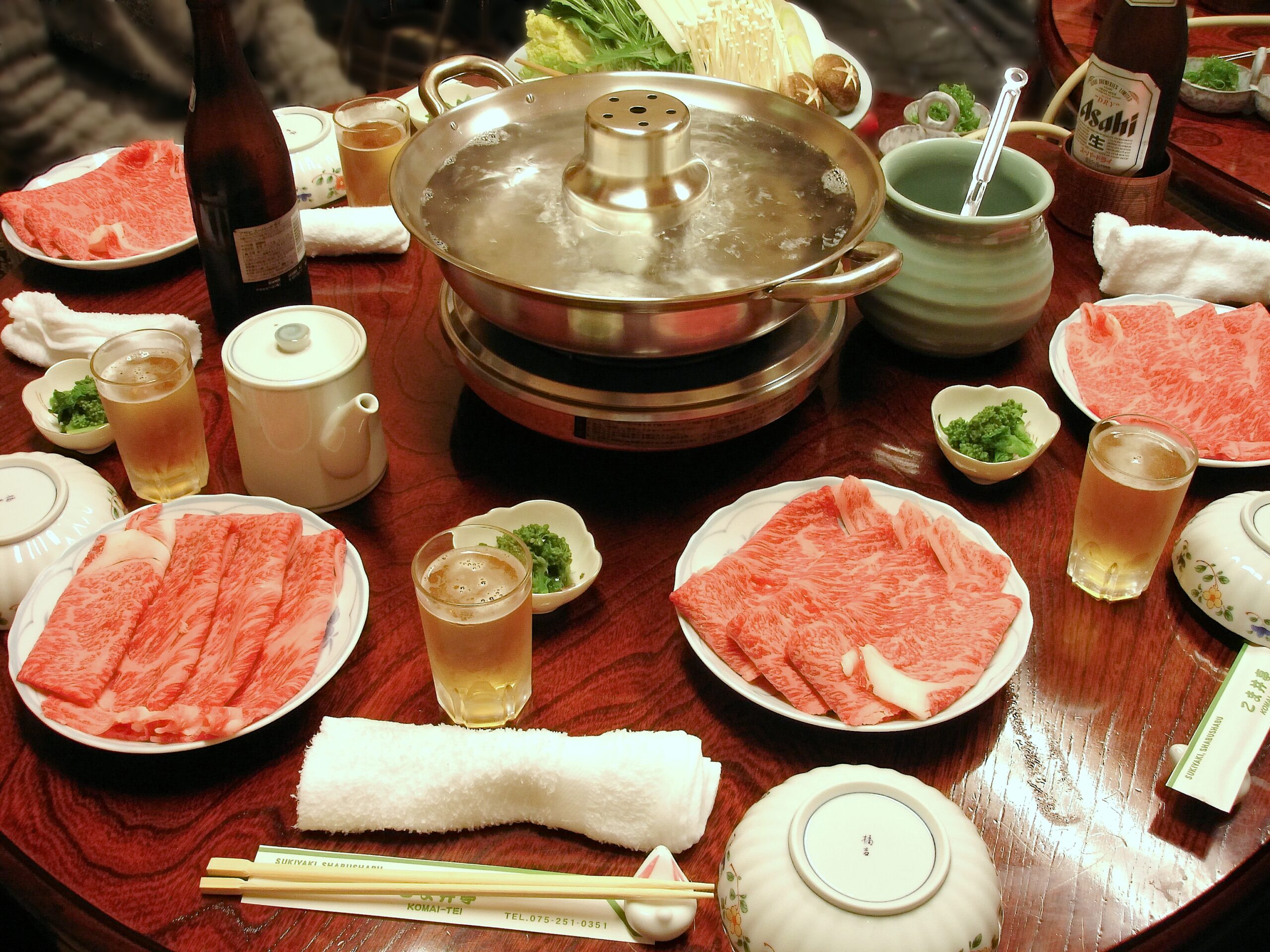
From Wagyu to Vegetables: The Essential Ingredients Making Shabu-shabu Extraordinary
What transforms Shabu-shabu into a culinary masterpiece? It’s the reverence for premium ingredients. Slices of marbled Wagyu beef, tender pork, and an array of garden-fresh vegetables each lend their own flavors to the hot pot. A variety of mushrooms, native greens like shungiku, tofu, and delicate udon noodles enhance the meal’s diversity. Crafting the broth is an art in itself; commonly, Kombu (kelp) is used to create a subtle, umami-rich foundation. The dipping sauces—citrusy ponzu and nutty sesame ‘goma’—bring bright and savory notes with every bite.
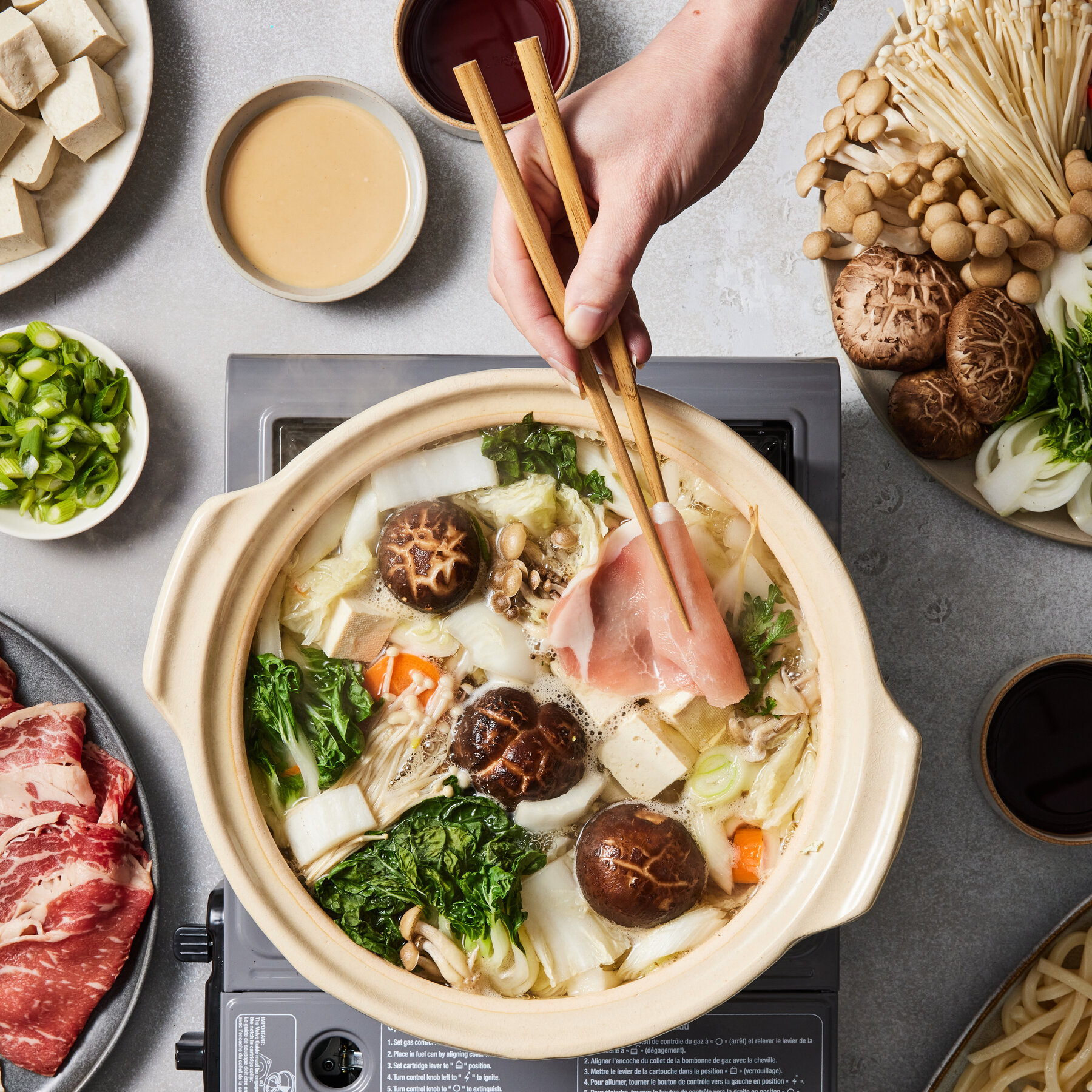
Shabu-shabu: A Symbolic and Healthy Choice for Culinary Adventurers
Travelers and food lovers flock to Japanese Shabu-shabu for more than just taste—it embodies mindful eating and wellness. The cooking method, quick and gentle, preserves nutrients and flavor, offering a balanced option for health-conscious diners. Compared to fried dishes, Shabu-shabu is lighter yet satisfying, making it popular for travelers seeking both comfort and nutrition during their journeys.
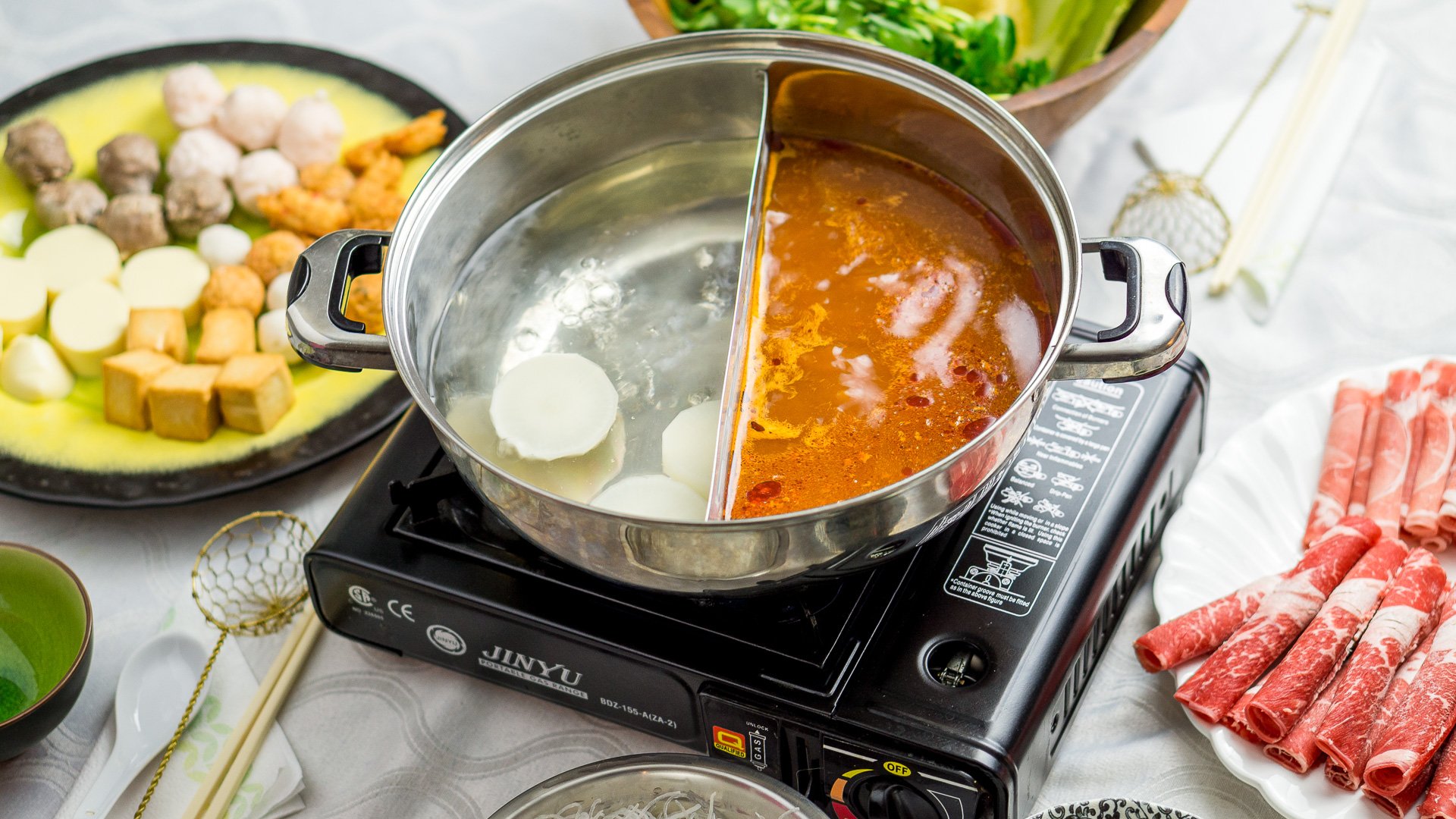
The Ritual of Shabu-shabu: Step-by-Step Dining Traditions
Experiencing Shabu-shabu requires understanding its unique dining process. As Yoshida Hotel shares, guests start by preparing a clear broth and arranging premium ingredients. Diners then select a slice of meat, dip it into the boiling broth for just a few seconds, and enjoy it right away with a preferred sauce. This slow, interactive pace encourages conversation, laughter, and a memorable connection to tradition. Once the meats and vegetables are savored, chefs often transform the remaining broth into a rich soup with rice or noodles as a comforting finish.

Exploring Shabu-shabu in Japanese Culture: Festivals, Gatherings, and Everyday Meals
In Japan, Shabu-shabu has evolved from special occasion fare into a comfort food for all seasons. Appearing at New Year’s gatherings, winter feasts, and celebratory events, it’s both a cultural centerpiece and an everyday treat. Restaurants across Japan—from sleek Tokyo establishments to cozy rural inns—proudly feature Shabu-shabu on their menus. Many regions now offer their own twists: for example, Hokkaido’s Shabu-shabu makes use of local seafood, while others highlight regional vegetables or unique broths.

Michelin Stars and Local Secrets: Where to Enjoy Shabu-shabu in Japan
Japan’s reputation for excellence extends to its Shabu-shabu offerings. Renowned restaurants in Tokyo, Kyoto, and Osaka feature Shabu-shabu experiences that combine traditional hospitality with innovative presentations. Some spots boast Michelin stars, while others are cherished for their cozy, homestyle ambiance and generational recipes. No matter where you dine, the joy of dipping fresh meats and vegetables into bubbling broth is a constant pleasure. Yoshida Hotel recommends seeking out both luxury destinations and hidden local gems to truly savor the diversity of Shabu-shabu across Japan.
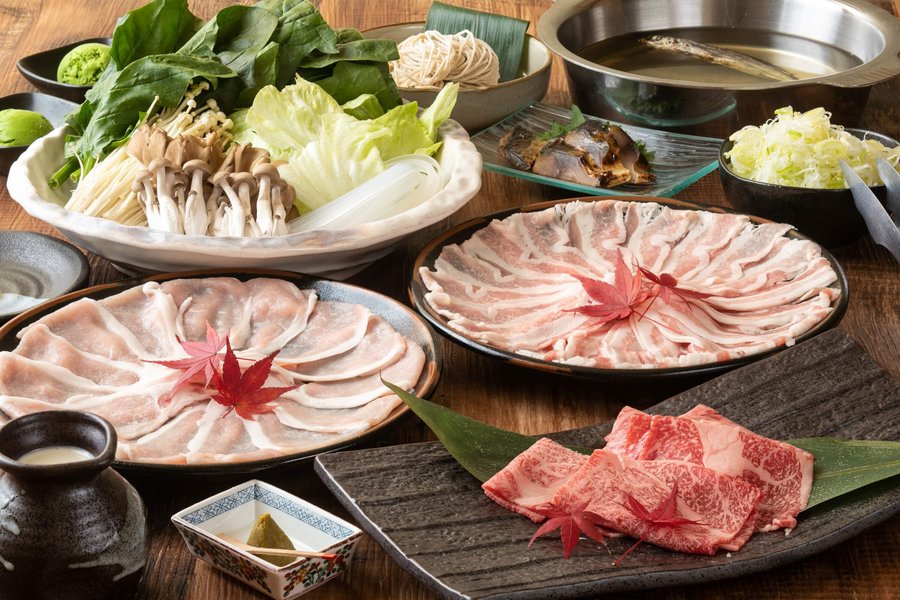
Shabu-shabu’s International Voyage: Winning Hearts Across the Globe
In recent years, Shabu-shabu has traveled far beyond Japan’s borders. International food scenes in New York, Paris, and Sydney now include Japanese hot pot restaurants cherished for their authentic take on this tradition. While adaptations emerge to cater to local palates, the core principles—fresh, high-quality ingredients and interactive dining—remain unchanged. In every new city, Shabu-shabu brings people together to share in Japan’s culinary legacy.

Unveiling the Secrets: Perfecting the Art of Home-Cooked Shabu-shabu
For those wanting to recreate this experience at home, Yoshida Hotel provides expert insights. Selecting the right cut of meat is essential—paper-thin and well-marbled beef yields the best texture and flavor. Organic, locally sourced vegetables elevate the dish further. A simple, mineral-rich broth made with Kombu seaweed serves as the ideal canvas. Don’t forget homemade ponzu and sesame sauces for authentic taste. With friends and family gathered around, home-cooked Shabu-shabu becomes an unforgettable shared experience.

Tracing the Evolution: Shabu-shabu in Modern Japanese Cuisine
Today, innovative chefs across Japan are reinventing Shabu-shabu. Vegetarian and vegan versions now flourish, using tofu, mushrooms, and plant-based meats—perfect for health-focused travelers. Creative broths like spicy miso or tomato infuse the classic dish with new flavors. Fusion restaurants experiment with Korean, Chinese, and European inspirations, introducing exciting twists while honoring the traditions. Yoshida Hotel encourages adventurous diners to seek out these evolving Shabu-shabu experiences during their travels.
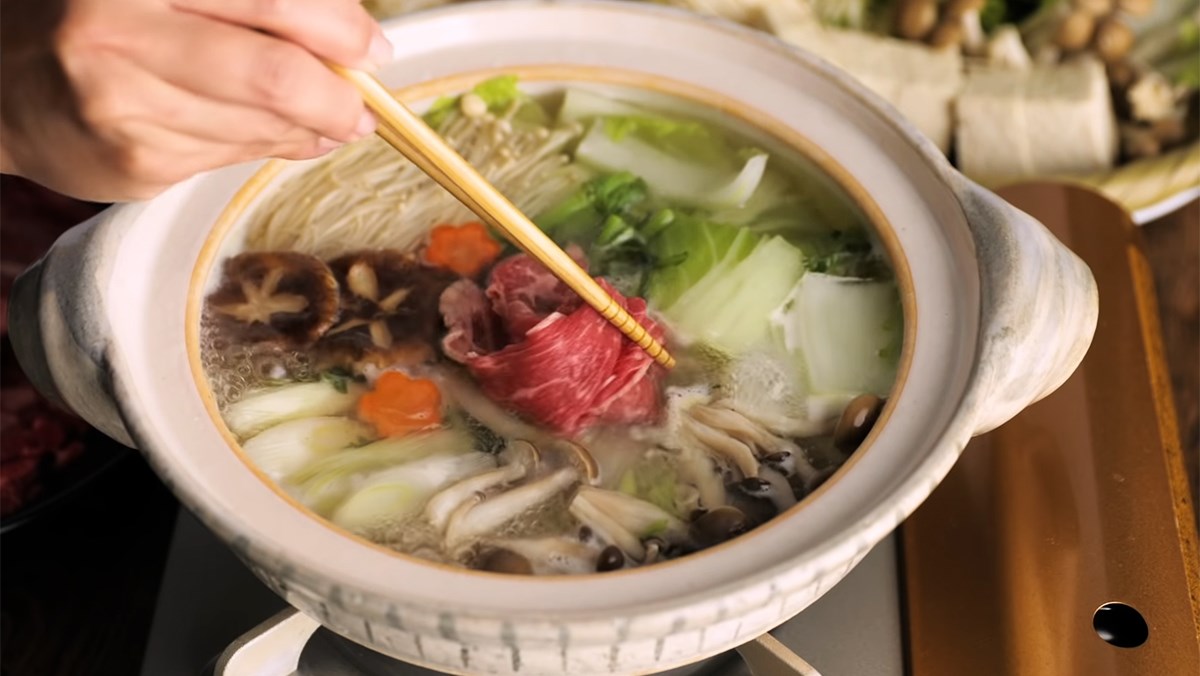
Healthy, Interactive, and Unforgettable: Why Shabu-shabu Excels in Japanese Dining
Unlike passive meals, Shabu-shabu invites diners to be storytellers in their own culinary adventure. The act of dipping, swirling, and savoring each bite creates a sense of immersion that brings people closer and forges lasting memories. For tourists, this unique style of shared dining delivers a true taste of Japanese hospitality. At Yoshida Hotel, we believe that Shabu-shabu isn’t just a dish—it’s a journey that speaks to the heart and soul of Japan.

A Culinary Passport: Shabu-shabu as a Travel Memory
As travel memories fade, the flavors of Shabu-shabu linger. The fragrance of simmering broth, the sounds of laughter, and the sight of friends gathering turn every Shabu-shabu meal into an unforgettable postcard from Japan. Travelers leaving Tokyo or Kyoto often take with them the inspiration to recreate Shabu-shabu at home, ensuring their culinary adventure never truly ends.

Embrace Culinary Adventure: Shabu-shabu Travel Experiences Await
For anyone desiring a deeper understanding of Japanese food, Shabu-shabu stands tall as a symbol of both time-honored tradition and creative evolution. Whether you’re planning your first journey to Japan or returning as a seasoned explorer, this dish promises exciting discoveries with each flavorful bite. From Michelin-starred dining rooms to the comfort of homestyle kitchens, there’s always a new story to uncover within the world of Shabu-shabu.

Conclusion
In closing, Yoshida Hotel invites travelers, foodies, and curious souls to immerse themselves in the enchanting world of Shabu-shabu—a culinary legacy that has shaped Japanese dining for generations. As you set out on your Japanese gastronomic adventure, let the flavors, rituals, and stories of Shabu-shabu guide your senses. Your next culinary discovery awaits, and with Yoshida Hotel as your companion, the journey will be as memorable as every delicious bite.
Details
Namistay chain hotel
- 61-63 Hoang Ke Viem, Bac My Phu, Ngu Hanh Son, Da Nang, Vietnam
- Hotline: 0905 432 992
- Lot 45 An Thuong 29, Bac My Phu, Ngu Hanh Son, Da Nang, Vietnam
- Hotline: 0977 455 546
- 42 An Thuong 26 Street, Bac My Phu, Ngu Hanh Son, Da Nang, Vietnam
- Hotline: 0965 442 842

